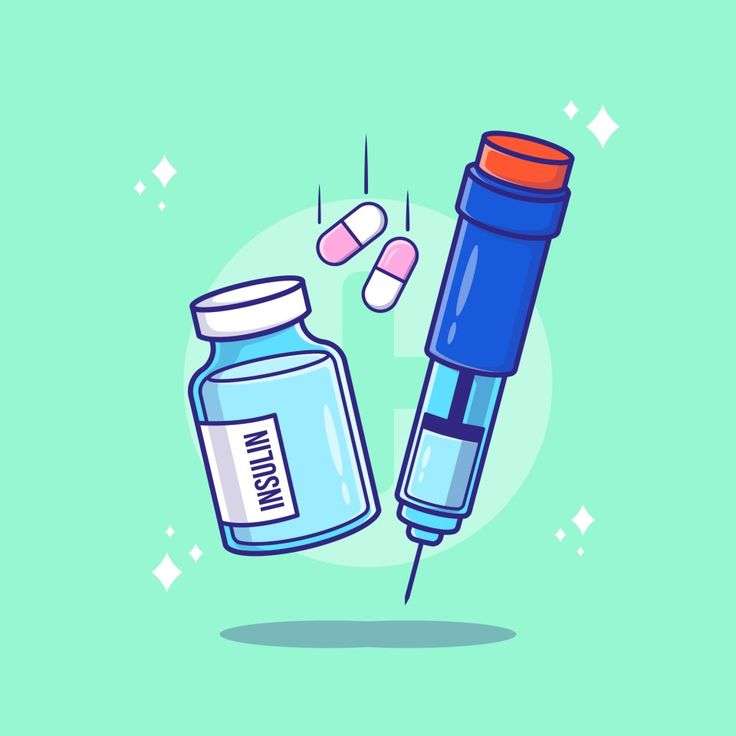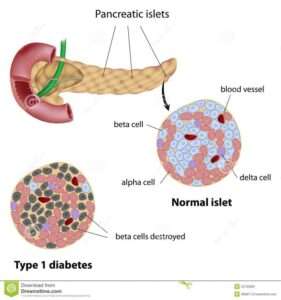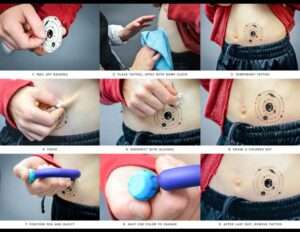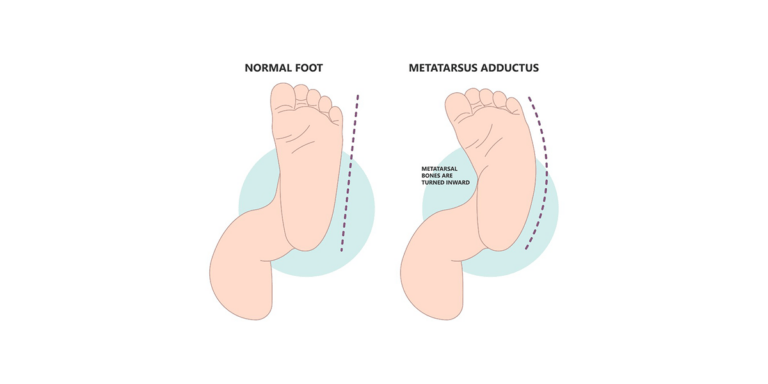Role of Insulin for Type-1 Diabetes
- Dr Owais Rafiq
- August 15, 2024
- 1:30 pm

Type 1 diabetes occurs when a mistake has happened and the immune system violently attacks the pancreas’ beta cells, which provide the insulin. Insulin, one of the chief hormones, accomplishes the transition of sugar to energy by breaking up the sugar molecule (glucose) from food. Lack of need for insulin increases the level of sugar in the blood which causes various health problems. Using Insulin for type 1 diabetes is crucial for long term management of disease.
Speaking about a genetic cure for juvenile diabetes disease is a unique issue facing juvenile diabetic patients and their parents. It requires the active monitoring and control of insulin to avoid the hyperglycemia-hypoglycemic episodes consequentially.

Why is it crucial to use Insulin for Type-1 Diabetes Cure?
Insulin does a great job of keeping blood sugar levels normal. It is a hormonal regulator which helps to transport glucose, coming from the blood system, into cells for energy. Insufficient insulin leads to glucose storage, causing hyperglycemia that may result in health issues. All these factors contribute to diabetes and its associated health problems.
The ultimate goal is the substitution of insulin for type 1 diabetes by artificial means. It restores the preferred hormonal state which makes cells use glucose and have a normal glucose level.
What about insulin intake management in preschoolers and children?
The role of Insulin for type 1 diabetes in children is lifesaving as it provides fuel through the entry of glucose into cells for energy. Dosage modelled on retrospect looks at weight, age, activity level, and diet. Timely alterations are of paramount importance to avoid such conditions as blood sugar order to depend. In instances of insulin delivery, several methods are used.
1. Multiple Daily Injections (MDI): Usually termed as MDI, which is to be given by multiple number of insulin injections per day is this method of injection. The syringe administers amounts with accuracy, which aids in targeting specific regions, as fat accumulates in the abdomen, thighs, and upper arms.
2. Insulin Pen: An insulin pen is a modern device providing dosage control and privacy, in contrast with the syringe’s drawbacks, such as its visibility and bulk. It can be sold in the form of disposable and reusable options that can help in accurate dosing. Insulin pen devices involve pre-filled cartridges that offer an opportunity to dose injections conveniently and help carry them when outside.
Such pens worked towards delivering the insulin for type 1 diabetes with much precision hence minimizing dosing errors and aiding effective or efficient blood sugar control.
3. Insulin Pump: The development of an insulin pump tailored to be in line with the individual patient’s conditions and allowing continuous delivery of person-centered insulin has been one of the biggest leaps of medical technology in the battle for diabetes. Worn on it, it helps the body to deliver insulin by a thin tube under the skin, thus performing closely the healthy pancreas’ function of maintaining a normal rate of basal insulin.
Pumps have the capability to augment and record data automatically. Kids can also deliver an insulin injection (bolus) before eating (meals) and during the high spiking of blood sugar levels (correction). The adaptive nature of the pump matches well with kids whose activity levels vary and, as a result, it can provide a perfect basal rate that ensures successful control of insulin.

How to adjust the dose of Insulin for type 1 diabetes?
In terms of insulin administration, this is achieved by altering the starting amount of insulin. As the insulin in the bloodstream rises, it may require administering greater doses of insulin. But for sure, the accuracy of insulin administration’s dosage to regulate the blood sugar level is very essential.
Measures of malnutrition include, for instance, the child’s weight, age, the level of the child’s physical activity and other types of food consumed. It also allows a gradual reduction in the amount of carbs (carbohydrates) taken during a meal or between meals.
In union with healthcare providers, caregivers determine the insulin-to-carbohydrate ratio – one of the key factors influencing the number of carbs requiring the calculation of insulin dose. It is equally significant to monitor our blood glucose level regularly since it enables us to catch any abnormalities early, make necessary diet and lifestyle adjustments, and thus prevent long-term, pricey health complications.
Why Regular Blood Sugar Monitoring is Important?
Keeping a constant blood sugar level is the key to diabetes squash. The swings cause results for both the short term and long term, which concerns immediate health conditions and the subsequent consequences. In addition to constant monitoring of insulin reaction, the right doses are made based on the individual requirement. This approach works to enhance disease management and to promote the health and readiness of type 1 diabetes children.
Fingerstick Blood Glucose Meters: Handheld instruments with the ability to pinpoint blood sampling from fingertips.
Continuous Glucose Monitors (CGMs): Wearables propagate relevant information about which amount of blood sugar shall be treated at the present moment thanks to a subcutaneous sensor with a very sophisticated method of data analysis which is able to deliver data in a timely manner.
By helping them to secure target indicators of blood sugar, parents can protect their children from discomfort and the potential threats caused by blood sugar shifts.
Look for Potential Side Effects when using insulin for type 1 diabetes:
Hypoglycemia: When the blood glucose level drops, it can lead to symptoms like
- Shaking
- Sweating
- Dizziness
- Intense hunger
- Confusion
This is a result of a spike in insulin levels which is likely to cause the glucose to get depleted very abruptly. Detecting hypoglycemia symptoms is vital for swift first aid
Emergency treatment when hypoglycemia includes administering rapid-acting carbs to increase blood glucose levels by giving glucose gel, tablets, or juice. This, consequently, has a direct impact on blood sugar levels, causing them to increase rapidly, thus relieving the system of the problem and preventing the recurrence of complications.
Dr Owais Rafiq
Subscribe to Dr Owais YouTube channel
For parenting advice, child health, symptoms, causes and treatment of illness in children.





